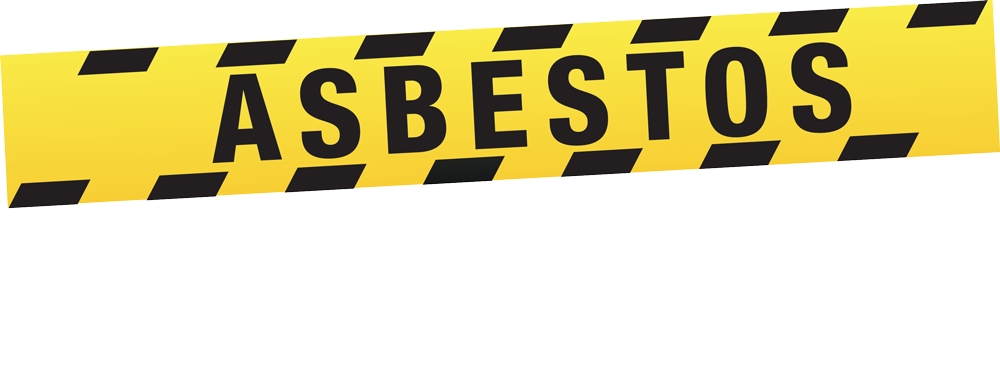Asbestos is a naturally occurring silicate mineral that is highly heat-proof as well as being resistant to water, electricity and chemicals. Because of these properties, it was widely used throughout the 1900s in construction materials such as wall-linings, roofing, insulation, vinyl flooring (or ‘lino’) and fencing.
These qualities may have made asbestos the building material of choice in the post-war housing boom, but it’s also these qualities – or rather its fibrous crystalline structure – that led to its ban in Australia in 2003.
When broken down, asbestos releases tiny, microscopic particles into the air that we can neither see, taste, smell or touch and once those particles enter our lungs they can leads to dangerous and even fatal lung-related diseases.
